REVIEW – I dare to say this: Rayman Legends was a great game, which might not have been revolutionary, but still, it was a great product. Child of Light builds upon this: Ubisoft Montreal took its Framework engine, and threw a JPRG gameplay style onto it. The end result? Something amazing.
I’m in a very difficult situation. It’s not the problem of lacking words for me right now, but instead, I have no idea how to begin pouring those words. This is an artistic game. Hard to understand. To those, who does not understand it and aims for 1080p/4K resolution textures, well… can’t recommend this game for those people. Child of Light is not a revolutionary game from a technical perspective, but you don’t need a revolution to have a great product on your hand. This is what Ubisoft Montreal has done.
Artistic
Child of Light’s strength is in the way it’s been made. I am not exaggerating, when I say the mixture of the sights and the music results in a gameplay with full of pleasure.
Seriously: sometimes I found myself stopping just to listen to the background music. For me – being an artistic person – this game was a great success. This applies to the menu music too: and we will spend some time there, but more about this later.
So the music has full marks, with a smile up to my ears. Sights? Let’s remember that: it’s not the resolution that makes it top notch, but the way it was made. I might have never seen anything like that. Without exaggeration I must say that the way the world called Lemuria is made is absolutely striking. The mix of the light and dark is beautiful.
Obscure, but likable
The story slowly, but steadily grows on us. A little time travel to 1895’s, the Austro-Hungarian Empire. This is where Aurora comes from to the world of Lemuria. The name means a lot now: aurora is an arctic light (LIGHT, remember!). And the game’s name…?
Well… it won’t be a surprise that Aurora is going to be the Child of Light, who has to bring the light and peace back. In order to make it happen, she will have to defeat the Dark Queen called Umbra. While we are on our trip, we will found our father, and slowly a team will from around us. Of course, someone will join us at the very beginning as well, who will be extremely useful in the coming battles.
In rhymes
Something else that caught my attention was the way the communication went. The game actually communicates to us in rhymes, which makes the artistic bond stronger, which was already laid to the ground with the graphics and the music. It’s unusual, but if you get to like it, you’ll definitely climb onto it. The whole game will keep doing this, so it’s a typical hate it or love it situation: either you get used to it, or leave.
2D?
Yeah, the game is played in two dimensions. You have a problem with it? Well, Rayman: Legends (and Origins) also used this, and what was the result? Two brilliant games, worth a spot in our library. Less dimensions mean easier controls, which can be learned easily. Aurora will also require some puzzle solving action to move on from point A to point B.
What about the battles? Well, we suddenly entering the RPG territory. The way to begin our battles is important. Did the enemy attack us? Did we apply a surprise attack to move on them? If the latter happens, we immediately have the chance to start the combat session, which can be used for a long cast time spell, or for healing – a lifesaving offer! (To trigger this, it’s a good idea to make the enemy blind with Igniticus, then jump behind it and launch the attack.)
Speaking of attacks, everyone (or more importantly, two characters, as we are limited down to two per battles) has a different menu. Attack – either physical or magical -, defense, item usage or flee. Meanwhile, make sure to use Igniticus, as he can slow down the enemies!
Wait, what? The game uses an ATB system. Everyone has a different timeline which means a cool down until we can move. Igniticus can actually slow this down, which can royally turn the tide, especially if our enemies have a speed boosting spell on. It’s difficult to explain, but you can see something similar in Chrono Trigger or Final Fantasy games.
And since it’s an RPG, you’ll obviously gain levels, which can in turn make that skill tree larger. And it depends on you how you develop. Want more HP? More spells? The whole thing is spiced up by Oculi. From those emeralds and such, you can combine them to have even more extra abilities to have for example, more resistance against a certain type of magic. You can really customize how you play the game.
Absolutely recommended
A really striking experience in shorter doses, but by the end (around 11-12 hours if we’re not taking the speed into consideration much), the game get gets a bit boring in my opinion. Still, it’s a great game and Ubisoft excels now in those 2D genres.
It’s an absolutely artistic piece of magic, where a deep story gets into a beautiful scenery mixed with a platformer-RPG style in 2D, ran by the marvelous Framework engine, having been used in Rayman Origins and Legends to high success. Go, get it.
–V–
Pro:
+ It’s a piece of art
+ RPG+platformer mixture
+ The way the story develops
Against:
– Can get monotone
– Not high end graphics
– Artistic – can split hairs
Child of Light
Gameplay - 8.2
Graphics - 7.6
Story - 7.6
Music/audio - 8.1
Ambiance - 8.4
8
EXCELLENT
A really striking experience in shorter doses, but by the end (around 11-12 hours if we're not taking the speed into consideration much), the game get gets a bit boring in my opinion. Still, it's a great game and Ubisoft excels now in those 2D genres.

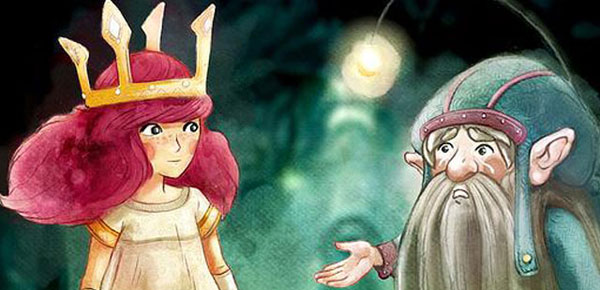

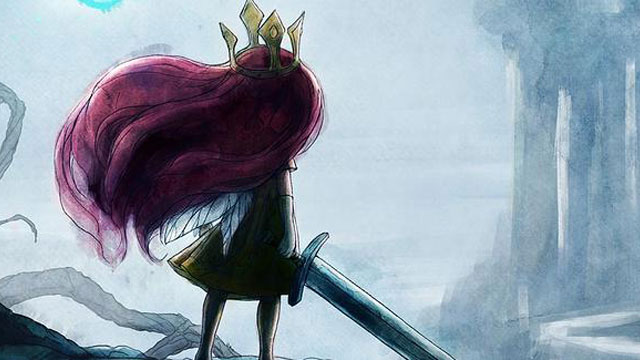
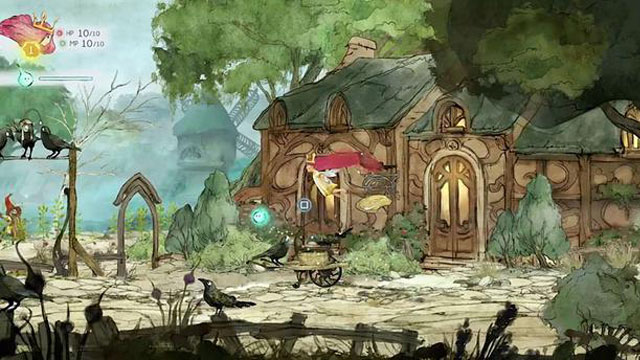
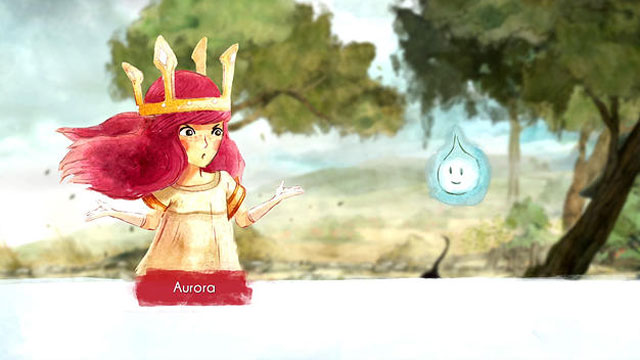
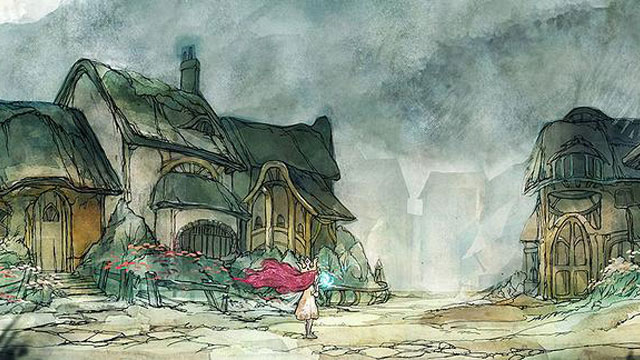
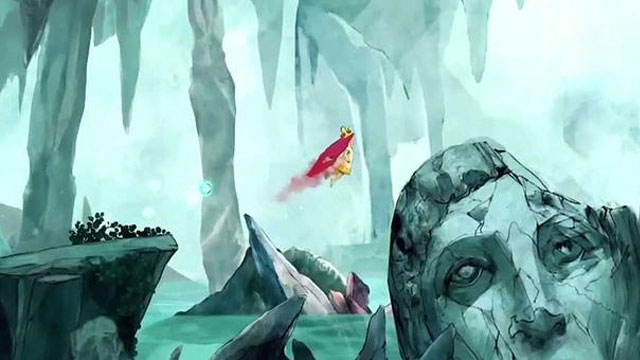




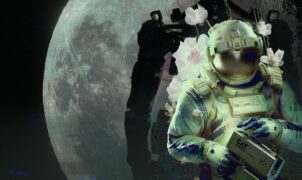
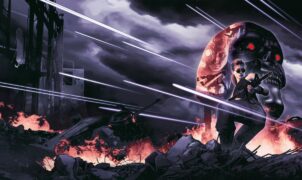

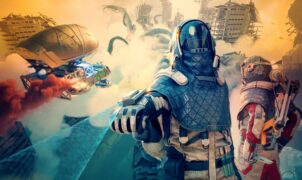



Leave a Reply